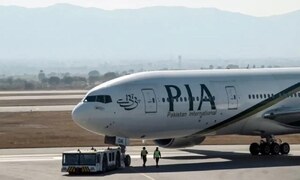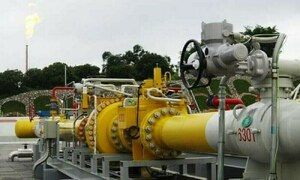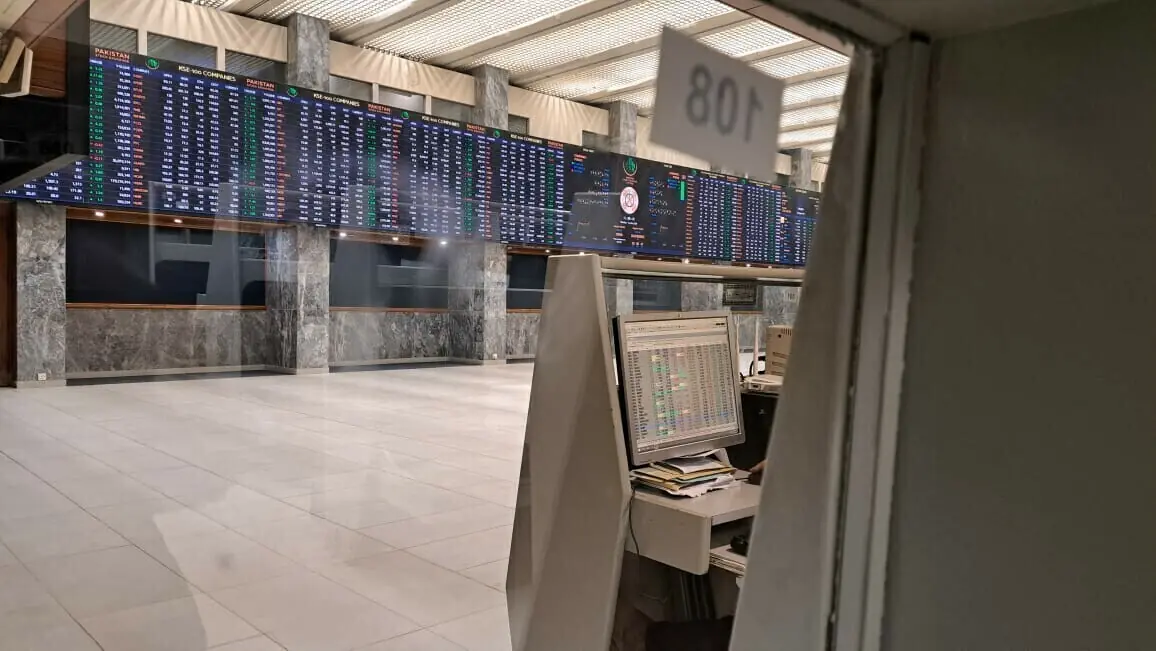Oil prices vaulted to record highs on Wednesday after an Opec agreement to boost world crude output failed to soothe fears over runaway energy demand growth from China and India. The spiking energy costs have doomed US motorists, among the world's most voracious fuel consumers, to the highest nominal pump prices ever seen and raised concern at the White House and on Wall Street over oil's impact on the economy.
"I am concerned about the price of energy," US President George Bush told reporters at a White House press conference. "I'm concerned about what it means to the average American family when they see the price of gasoline going up."
US crude futures struck $56.50 a barrel, the highest level since the contract began trading in 1983, before settling up $1.41 to $56.46. London Brent hit a peak of $54.95 before ending up 95 cents to $54.80.
The jump in oil prices, which can hurt corporate profits and dampen the consumer spending, helped US stocks slip Wednesday, with the Dow Jones industrial average down 112 points, or 1.04 percent, at 10,633.
Rising energy demand from growing Asian economies has squeezed global production capacity, and analysts are increasingly concerned that more increases in world oil consumption this year could lead to shortages.
"The overall theme here is still the panic over where the next barrel is going to come from," said Tim Evans, senior oil market analyst at IFR Energy Services.
Oil cartel Opec agreed on Wednesday to lift its oil production limits by 500,000 barrels per day (bpd) in an effort to cool the red-hot market, and said it could later add another 500,000 bpd if prices remained high.
But the move leaves the producer group with little spare capacity left to handle further increases in demand growth.
The US Department of Energy's statistical wing said on Wednesday Opec's new production ceiling of 27.5 million barrels per day is too low, and output from the group would need to average 28.1 million bpd in 2005 to meet world demand.
Adding to strength Wednesday was a report from the US government showing an unexpected decline in national gasoline inventories last week due to strong demand and lower production of motor fuel from refineries.
Average US regular gasoline prices have spiked more than 15 cents in one month to $2.05 a gallon, matching last spring's record, and are expected to keep climbing, according to a survey from the AAA auto and travel group.
The skyrocketing price for motor fuel has begun hurting sales of large sport utility vehicles and pickup trucks, and may be sparking the first shift toward smaller, more fuel-efficient cars since the 1970's.
BR100
15,048
Decreased By
-10.6 (-0.07%)
BR30
43,240
Increased By
309.1 (0.72%)
KSE100
148,435
Decreased By
-380.2 (-0.26%)
KSE30
45,069
Decreased By
-137.2 (-0.3%)




















Comments
Comments are closed.